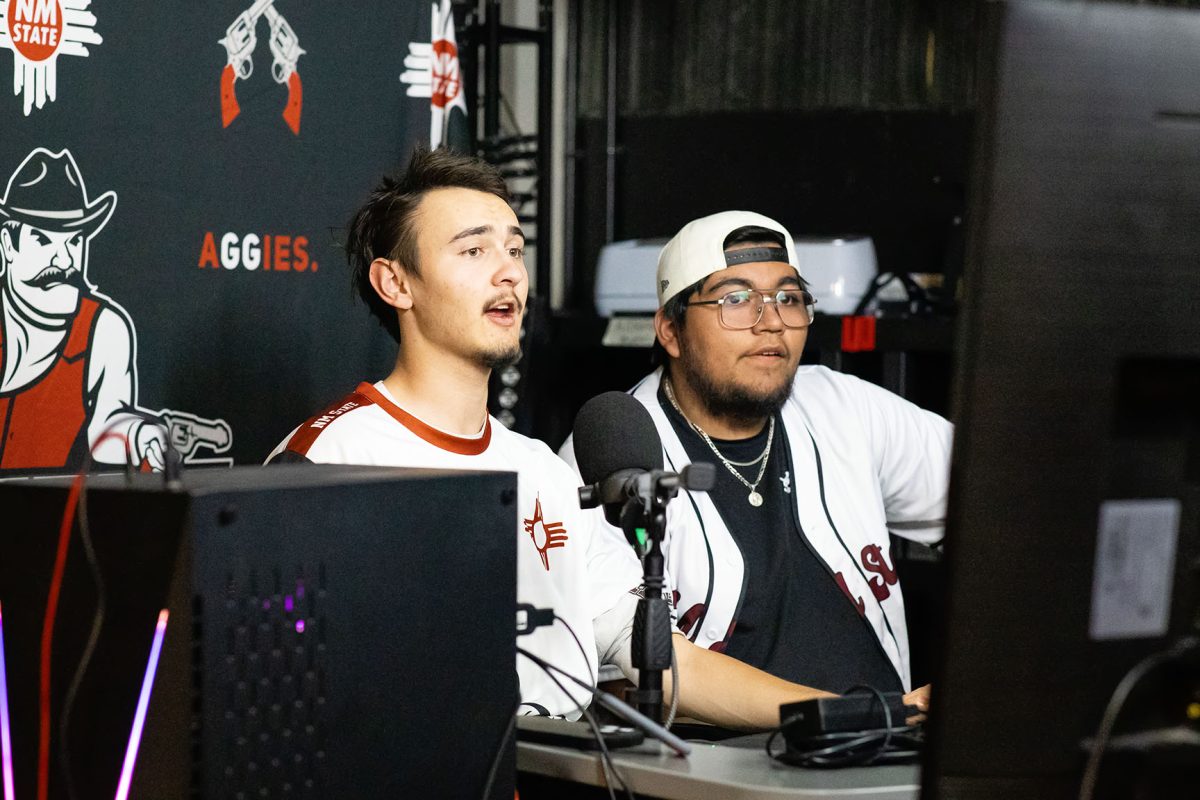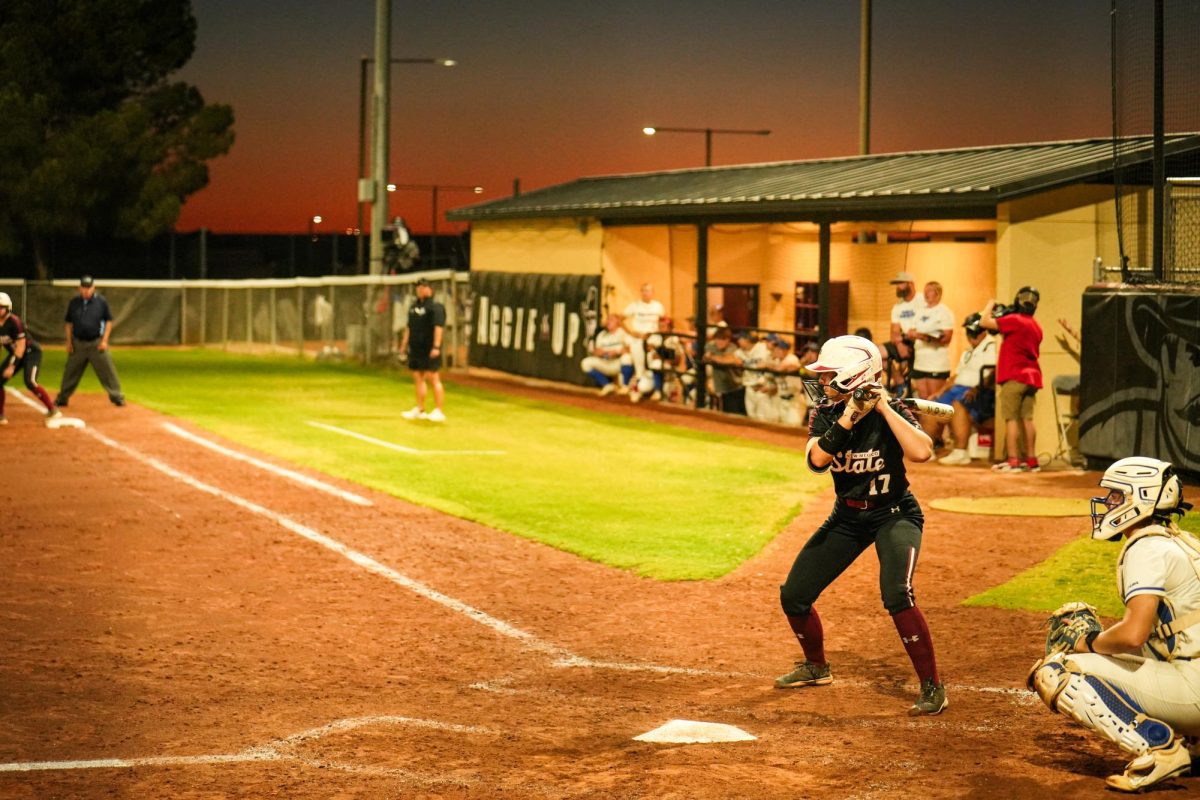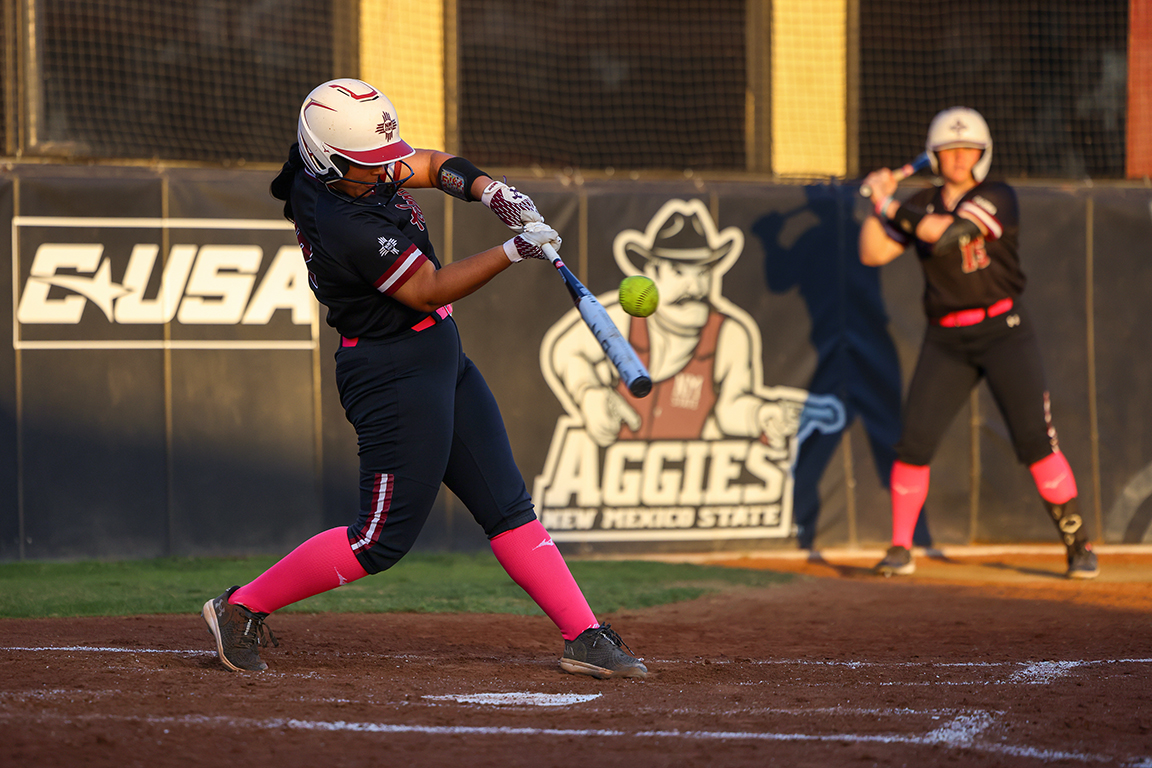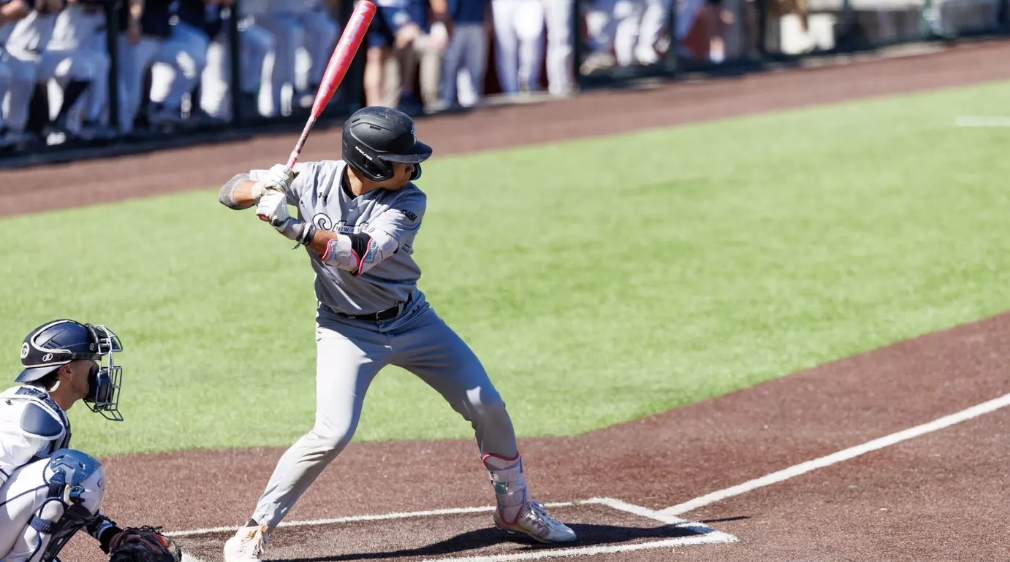Walking into New Mexico State University’s esports lounge was something that brought excitement not only to the club, but also for students around the state. During March 29-30, the lounge was filled with many different colored jerseys while people engaged in exciting games of pool, ping pong and air hockey, as they all awaited their turn to compete in the 2025 NMSU Esports Invitational.
The invitational, which drew in 32 schools, gave gamers the chance to battle it out in their favorite games such as Valorant, League of Legends, NBA 2K, or Super Smash Brothers to see who would come out on top.
People came from across the state, from University of New Mexico, and both Eastern and Western New Mexico University, but also from all four local high schools, as well as a couple middle schools.
The invitational didn’t start out this big. Much like the industry itself, the invitational has become bigger and bigger over time. The amount of people at the event has grown from 200 people at its start, to over 1,000 people this year and according to Thomas Mariscal, captain of Eastern New Mexico University’s Valorant and League of Legends team, the accessibility of esports is a major factor behind the growing mass appeal.
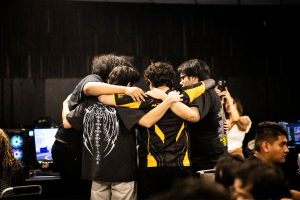
“Esports is a sport that everybody can get into, whether you’re the top athlete in your class or some random band kid like I was in high school you can find a place in esports,” he said. “Typically, everybody’s good at one game, and so you can take part of that and play with it.”
But perhaps the biggest reason for the industry growth and the growth of the NMSU invitational is the simplest reason of them all – people are finding they can make money doing what they love. In this case, its playing video games. It’s something that has been a passion for NMSU esports team member Gabriel Jimenez since childhood.
“I’ve been gaming since I was little, obviously we all have since the DS’s, the N64’s, games like that,” Jimenez said. “It didn’t really get competitive for me until high school when I found out we had a teams and from there, it sparked my enjoyment for competitive video games. In started off with League of Legends, and then I transitioned to Valorant so starting off at a young age really helps.”
NMSU Freshman and former Centennial high school esports team member, Jakob Quezada, had a similar introduction that got him into gaming.
“I started gaming with my dad, like way back when…He [his dad] showed me everything from Xbox to PlayStation and he would always tell me like ‘hey, I’m going to go play a game called League of Legends,’” he said. “That sparked up an interest in that type of competitive gaming, and learning how to be on a team and play my role.”
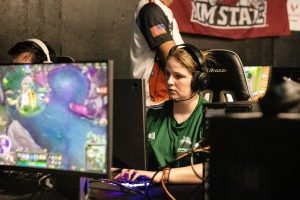
Not only can people make a career out of gaming, but they can also receive scholarships to get an education and be part of an organization that allows personal growth. Picking up the controller and putting on the headset can end up changing lives and remove the stigma that may still remain of a traditional gamer. This is something Quezada expanded on.
“It’s definitely a good thing because [it’s] giving a chance to those who are not as athletic, because we’ve had a very athletic– centric system for all colleges,” Quezada said. “People always talk about ‘oh, he’s going to go far in life. He’s going to get a scholarship for basketball. He’s going to get something for football. We’re gonna see him in the NFL.’ But there was never really anything for those people who enjoy playing video games and wanted to do it competitively.”
The NMSU esports program is still expanding and the organization hopes to see the same turnout, if not more, at next years invitational. But one thing is still for certain– esports will not slow down. If there is an internet connection and people who love video games, esports will continue to grow.


